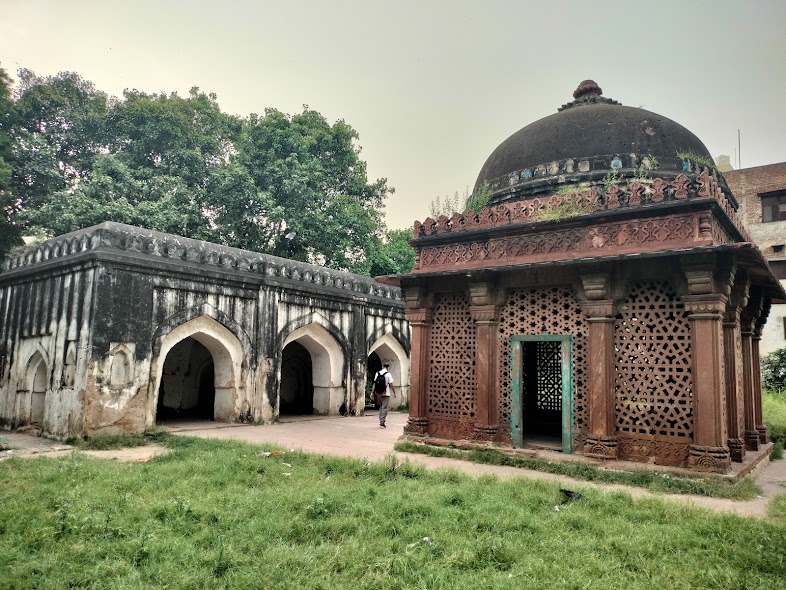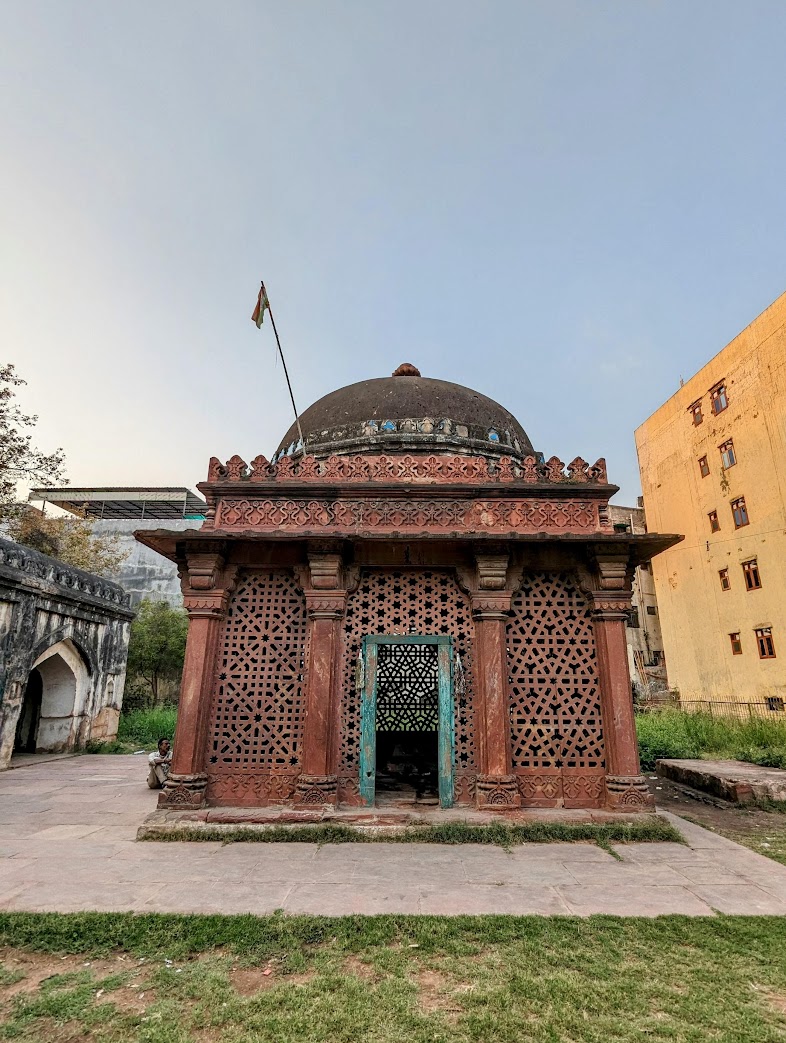

Sheikh Yusuf Qattal, revered by locals as Peer Baba, was a saint from the Lodi period, a time that saw a flourishing of Sufi traditions in Delhi. His dargah (tomb) stands in Sheikh Sarai, an area named after him, which reflects the impact he had on the local populace. As a figure of profound spiritual significance, Sheikh Yusuf Qattal attracted followers who regarded him as a mystic guide, and his dargah remains a site for devotees and visitors to pay respects, seek blessings, and connect with Delhi’s deep-rooted Sufi heritage. The architecture of the dargah is remarkable, combining simplicity with refined ornamentation, which makes it one of the most beautiful, albeit lesser-known, Sufi sites in Delhi. Its design showcases the Indo-Islamic architectural style prevalent during the Lodi era, with intricate latticework, arches, and a calming ambiance that reflects the serenity associated with Sufi shrines. Sheikh Sarai, the area surrounding the dargah, is part of what author Rana Safvi refers to as "The Forgotten Cities of Delhi." In her work, she explores regions beyond the well-known Mughal and Sultanate monuments, shedding light on spiritual and historical places like Sheikh Yusuf Qattal’s dargah.